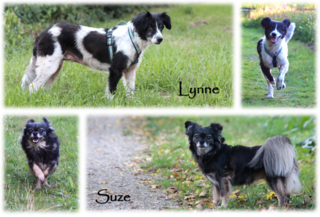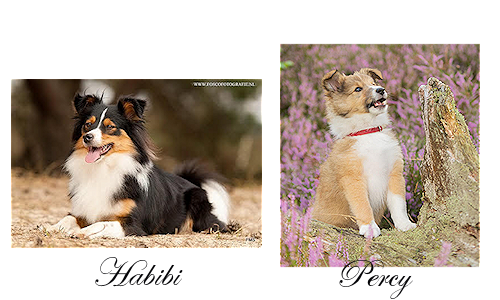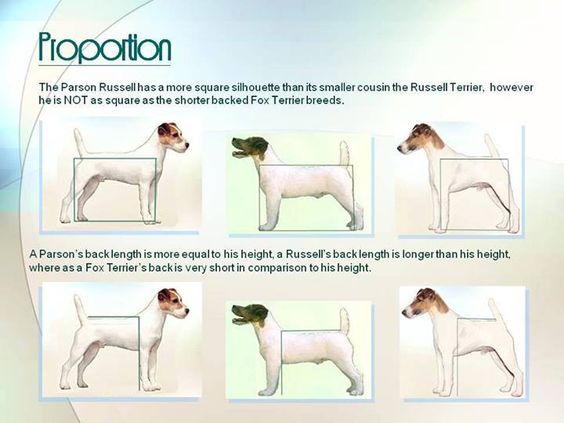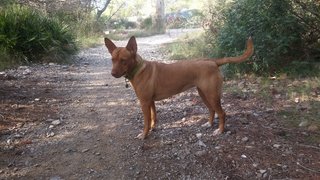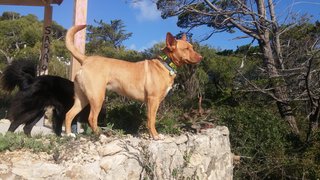Vanavond de rasuitslag:
Klikker!
Nu staat er onderaan bij de Supermutt: mogelijk Australian Shepherd, maar er staat geen Supermutt in de uitslag...
Of moet ik de European Villagedog als Supermutt zien (is het natuurlijk wel, maar ik dacht dat bij anderen Supermutt als 'los' percentage erbij stond).
Gewoon een schoffie dus
De health checks:
Op 2 dingen is een verhoogd risico (rood), maar hoe moet ik dit nu precies lezen? Willen jullie even meekijken naar de onderstreepte gedeeltes?
Wat betekent het nu dat ze 1 copy heeft? Is ze dan drager of lijder? Want op andere zaken is ze drager, maar staat er geen 'increased risk' bij en daar staat bij Inheritance type: Recessive en hierbij Dominant.Intervertebral Disc Disease (Type I)
Chondrodystrophy and Intervertebral Disc Disease, CDDY/IVDD, Type I IVDD
Bella inherited one copy of the variant we tested
Health State Visual
Bella is at increased risk for Type I IVDD
How to interpret this result
Bella has one copy of an FGF4 retrogene on chromosome 12 and is at increased risk for Type I IVDD. Bella would also be expected to have an intermediate chondrodystrophic phenotype (slightly short legs relative to body length). Please consult with your veterinarian to discuss preventative and monitoring measures for Bella.
What is Type I IVDD ?
Chondrodystrophy (CDDY) refers to the relative proportions between dogs' legs and body. Dogs with chondrodystrophy have shorter legs and a longer body. An extreme example of this is a Dachshund or Corgi. Type I Intervertebral Disc Disease (IVDD) refers to a health condition affecting the discs that act as cushions between vertebrae. With Type I IVDD, affected dogs can have a disc event where it ruptures or herniates towards the spinal cord. The pressure on the spinal cord causes neurologic symptoms.
About Type I IVDD
When signs & symptoms develop in affected dogs
Signs of CDDY are recognized in puppies as it affects body shape. IVDD is usually first recognized in adult dogs, with breed specific differences in age of onset.
Signs & symptoms
There may be no obvious proportional differences in a dog with one copy of this variant. Dogs with two copies of this variant have characteristically short and bowed legs with a relatively long body. Signs of IVDD include neck or back pain, a change in your dog's walking pattern (including dragging of the hind limbs), and paralysis. These signs can be mild to severe and should be monitored closely.
How vets diagnose this condition
For CDDY, dogs with one copy of this variant may have mild proportional differences in their leg length. Dogs with two copies of this variant will often have visually longer bodies and shorter legs. For IVDD, a neurological exam will be performed on any dog showing suspicious signs. Based on the result of this exam, radiographs to detect the presence of calcified discs or advanced imaging (MRI/CT) to detect a disc rupture may be recommended.
How this condition is treated
IVDD is treated differently based on the severity of the disease. Mild cases often respond to medical management which includes cage rest and pain management, while severe cases are often treated with surgical intervention. Both conservative and surgical treatment should be followed up with rehabilitation and physical therapy.
Actions to take if your dog is affected
Follow veterinary advice for diet, weight management, and daily exercise.
Ramps up to furniture, avoiding flights of stairs, and using a harness on walks will also help minimize some of the risk of an IVDD event.
More information
Please note that this variant is extremely common in many small and chondrodystrophic dog breeds. In these breeds, this variant may not be the strongest predictor of IVDD risk compared to other genetic or environmental factors.
Gene name
FGF4 - chr12
Inheritance type
Dominant
Ik zou heel graag agility met haar willen doen, maar ik vraag me af of dit dan wel kan met een 'dwergtype'.
Ik zie nog geen blauwe waas in haar ogen en zie ook dat het dit tussen de 2-7 jaar voorkomt dus dat parkeer ik nog even.Hereditary Cataracts
Hereditary Cataracts, Early-Onset Cataracts, Juvenile Cataracts
Bella inherited one copy of the variant we tested
Health State Visual
Bella is at some increased risk for developing Hereditary Cataracts
What does this result mean?
Our research indicates that this genetic variant is likely to increase the risk that Bella will develop this disease.
Scientific Basis
Research studies for this variant have been based on dogs of other closely related breeds. While dogs of Bella’s breed makeup have not yet been the focus of research studies, our data indicates that Bella is likely to be at increased risk.
What is Hereditary Cataracts ?
Cataracts are the result of a progressive disease of the lens. The lens is normally a transparent structure of precisely organized fibers that lives in the pupil and focuses light. Cataracts cause the lens fibers to become disordered and turns the lens into a milky blue color. The lens is no longer transparent, light fails to reach the retina, and blindness is the end result. With this genetic mutation, dogs can develop cataracts at only a few weeks to months of age.
About Hereditary Cataracts
When signs & symptoms develop in affected dogs
While cataracts are typically a disease of the aged dog and can be associated with other eye diseases (these would be termed secondary cataracts), mutations in the HSF4 gene cause cataracts to form at an accelerated rate in comparatively young dogs (approximately 2-7 years of age).
Signs & symptoms
Affected dogs will first show a cloudy haze in their pupil that becomes progressively more milky blue to crystalline in appearance. Vision will become progressively worse, and dogs may start bumping into furniture, be more hesitant on steps, and run into walls or doorways.
How vets diagnose this condition
Veterinarians will examine your dog’s eyes, and may use a light or lens to assist in the diagnosis. Please note that there are other ocular diseases that are commonly mistaken for cataracts so be sure to have your dog evaluated by a veterinarian.
How this condition is treated
Surgical correction by a veterinary ophthalmologist is currently the only treatment available to restore your dog’s vision. The other alternative is careful monitoring and lifestyle changes to make your dog’s blindness more manageable.
Actions to take if your dog is affected
The best care you can provide your dog is seeking the expert opinion of your veterinarian for an accurate diagnosis and determining whether or not a specialty consult for surgery is required.
More information
This mutation was first identified in the Australian Shepherd.
Gene name
HSF4
Inheritance type
Dominant



